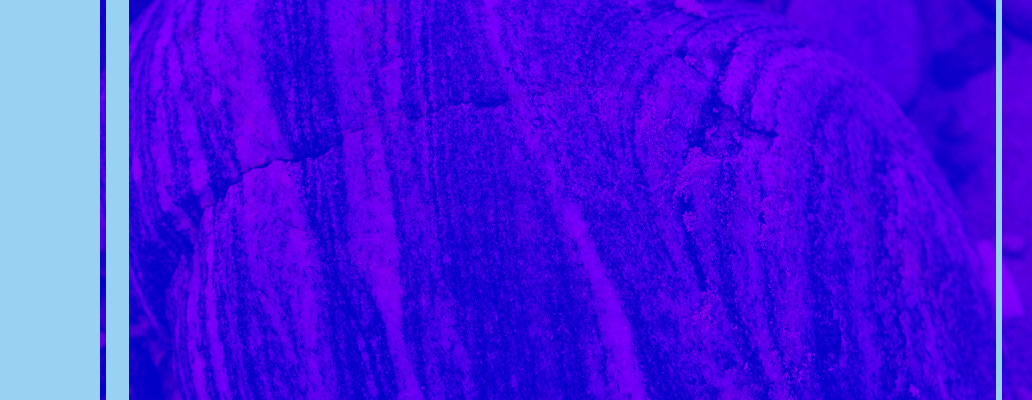Design Work That Fits Like a Glove
When you find work that uses old and new skills, you’re not overqualified — you’re a perfect fit for the job.

The Work You “Shouldn’t” Be Doing
Not long ago, I found myself refreshing web pages — reworking layout, tweaking copy, updating styles. On paper, it might seem like work better suited for someone earlier in their career. I’m in a director role. Shouldn’t I be delegating?
The truth is there was no one to delegate it to, and also I wanted to do it. The project called on a blend of skills I’ve collected over the years: design thinking, user flows, Photoshop fluency, CSS updates, twisting CMS blocks into a design. It was work I knew how to do efficiently and well.
More than that, I saw a gap that needed filling. And that’s part of what leadership actually is: seeing a need and stepping in where you can create momentum — without fixating on whether it’s “your level.”
Often the most satisfying projects aren’t the ones that showcase your title. They’re the ones that let you use all your tools.
All the Nooks and Crannies
The longer your career runs, the more oddly-shaped your skillset becomes. You pick up little pockets of expertise that don’t always appear on a job description — and yet, when the right project comes along, they become your secret weapons.
You might be a creative director who can still jump into Photoshop and finesse a tricky mask. Or a UX strategist who can debug a bit of layout CSS without calling in dev support. These aren’t fallback skills. They’re part of what makes your experience comprehensive.
Being able to jump in across layers of execution makes you not just useful — but uniquely equipped for certain kinds of work.
What the Market Gets Wrong About Senior Talent
Hiring processes often assume a senior designer or director won’t want to do hands-on work. Or that they’ll expect to operate purely at the strategic level.
But real-world needs aren’t always that clean. Sometimes a team needs someone to jump in on a high-priority deliverable, today. It may not justify hiring another full-time specialist. The budget may not stretch to support both strategic and tactical hires.
In those cases, hybrid senior designers — the ones who can lead and execute — are a hidden asset.
That said, there’s a line. If the tactical work becomes a drain that blocks your strategic contributions, it’s time to advocate for handoff. Leadership doesn’t mean doing everything — it means helping the org scale well.
How to Search for Work That Matches Your Shape
If you have range, don’t hide it.
Too many resumes are reduced to the last job title or most recent buzzwords. But those side skills — HTML fluency, branding chops, motion instincts, presentation design, CMS admin — they matter.
Include them. Talk about them. Not as “also” skills, but as part of your full contribution.
Because sometimes, the role you applied for isn’t the only need that org has. And your past experience may be the very reason you stand out. A hiring manager might see in you the answer to two problems instead of one.
At the interview stage, share your toolkit. Let them know how you’ve flexed in past roles. Show them you’re not a single title — you’re a resource.
A Message for the Mid-Career Hybrid
If you’re feeling like your resume doesn’t quite fit the molds you’re seeing, maybe that’s because you’re not meant to shrink into one.
Look for the roles that want your shape. Or mold a role to fit.
The work that lights you up likely won’t fall in a clean job description box. But it will feel familiar in the best way. Like using every corner of your craft. Like being useful and lit up.
When you find that kind of work? It doesn’t feel beneath you. It feels like yours.
Enjoyed this piece?
I write weekly articles for designers and design leaders who want to grow their impact, lead with clarity, and build careers that actually feel sustainable.




